Have you ever heard that black dogs are less adoptable than other colors? It doesn’t just stop with dogs. Cats fall under the same fate. What exactly makes black animals less adoptable than their lighter-colored counterparts?
There are no definitive answers. However, there are some theories, including superstition, pop culture portrayals, and the difficulty of photographing darker colors. In this article, we will discuss why our black-colored canine compadres have a harder time getting selected from rescues and shelters and how you can help!
Black Dog Syndrome: Is It Real?
Unfortunately, black dog syndrome is real and we might not even consciously know that we do it. Much like anything else, it’s very easy to notice something that stands out. If something is fading into a backdrop, it’s simply easier to overlook it.
It doesn’t necessarily mean that people don’t like black dogs; it simply means that they don’t have the same mental response to visual stimuli.
Black dogs are also seen as unlucky or superstitious in many cultures, similar to black cats, which can make them less likely to be adopted. Popular culture often uses black dogs to portray dogs that are dangerous or evil, which certainly doesn’t help the stereotype.
We also need to battle the preconception that black dogs are more prone to aggression or less likely to be friendly or good family pets. This is unfortunately a real phenomenon and was proved by the result of a small study1 where 60 individuals were requested to express and score their feelings about dogs. The study was based only on pictures of dogs with different colors using yellow, brown, and black Labrador Retrievers as a comparison basis. In general, the black Labs rated lower than the other colors in “friendliness”, “good pet” and “like the looks” and higher than other colors in “aggressive”.
Unfortunately, most of the shelters and rescues advertise online now so you weren’t getting that real in-person perspective on the animal. It’s easy to look at a photo of a bright, vibrant little Corgi mix and want to go pick it up immediately. However, if you see a blurry picture of a black Lab, you’re probably going to scroll right past it until a dog catches your eye a little more.


Photography Is Key in Rehoming, Research Says
When a dog has a bright, vibrant coat that stands out in a crowd, it’s no wonder they get noticed. They could have penetrating light eyes or stunningly arranged colors on their coats. There are so many patterns, textures, and colors that make up different dogs.
Since even the smallest shadows can influence the clarity of a photo, photographing a black dog could be much more complicated than another color. In general, darker colors are harder to capture. Because of this, it leads to being easily looked over or fading into the backdrop.
Black Dogs Don’t Photograph Well
The problem with black dogs is that it takes special lighting and a lot of patience to get really good photos of them. Often, you don’t get those crisp, clear features you hope for when you take the picture.
You can look over at a black dog doing something that is the cutest thing you’ve ever seen. But when you snap the picture, it’s mostly blacked out, not ever really capturing the essence of the moment.
Because of that, you can understand how difficult it can be for shelters to get good pictures of the dogs. Often they are scared, fidgety, anxious, nervous, or just particularly energetic due to all of the activity.
Many of them are not trained or come from situations where they didn’t learn basic commands or concepts. Because of that, it can be very hard to motivate a dog to sit still long enough to get a good shot.
If they are black dogs, it can be even more complicated since lighting and positioning are such huge factors. Because of the lack of good photography, it might prevent people from considering a dog based on a photo alone.
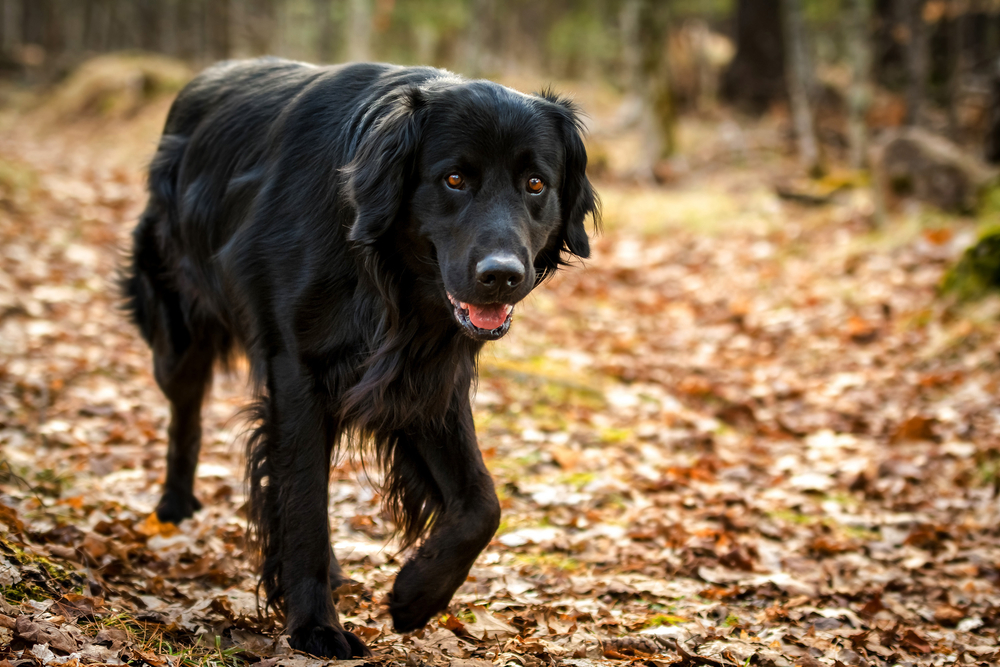

The 5 Ways You Can Help
What exactly can you do to help black dogs become more adoptable? How do we make sure black dogs get more attention? There’s plenty we can try!
1. Spread the Word
Let people know. If you’re friends with a lot of fellow dog lovers or you find an opportunity, let other people know about this black dog phenomenon, especially if they are thinking about adopting. Just putting the idea in someone’s head can alter the decision they make for the future.
Share interesting stories of black dogs helping to save lives and making a difference like this story of Jessie saving Chucky:
Utilize your social media account. Stop taking pictures of your food and start sharing posts of available black dogs! You never know who will see and consider the pup as a result. You could just help the doggo meet his forever family.
3. Sponsor a Dog
Rescues and shelters have sponsorship options for folks that really want to get a specific dog adopted, but can’t adopt them themselves. Talk to your local facilities about how you can contribute and advocate for a particular pooch.
4. Volunteer
Black dogs are often lonely, and in shelters, make it a point to pay extra attention to them if you choose to volunteer. Volunteering can be a very enriching way to spend your time, and you can spend time with dogs of all breeds, colors, and personalities!
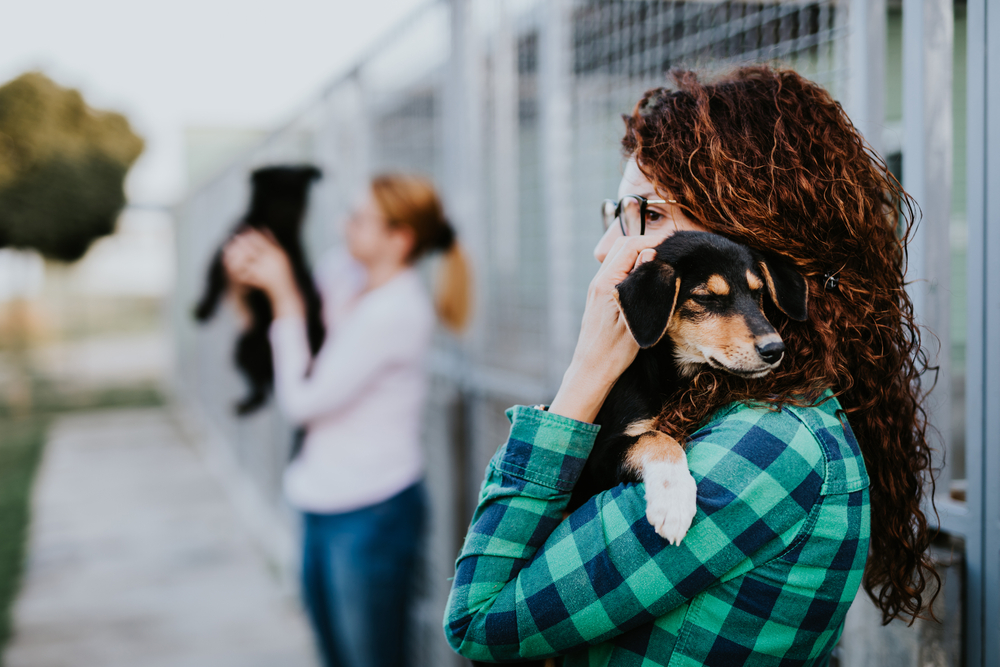
5. Foster
If you have room in your house and time on your hands, you might try fostering. Fostering is a great option for people who really love having the company of a dog, but aren’t ready to commit yet. It can also be great for people who have dogs but still want to contribute to the dog homelessness epidemic.
Conclusion
So, now you know that black dog syndrome is a thing, and you also know how you can help! While we believe that coat color should never impact an adoption decision, we are human beings and unfortunately, we might have some unconscious and wrong preconceptions. We also easily get distracted by the first thing that captures our attention.
So, it is never that someone is necessarily opposed to having a black dog. It just means that we might unconsciously favor another pooch that caught our attention first. Hopefully, the more awareness is spread, the more people will go out of their way to notice darker-colored dogs that fade into the backdrop.
-
- See also: Feng Shui Dog Design Tips for Your Home
Featured Image Credit: Foonia, Shutterstock

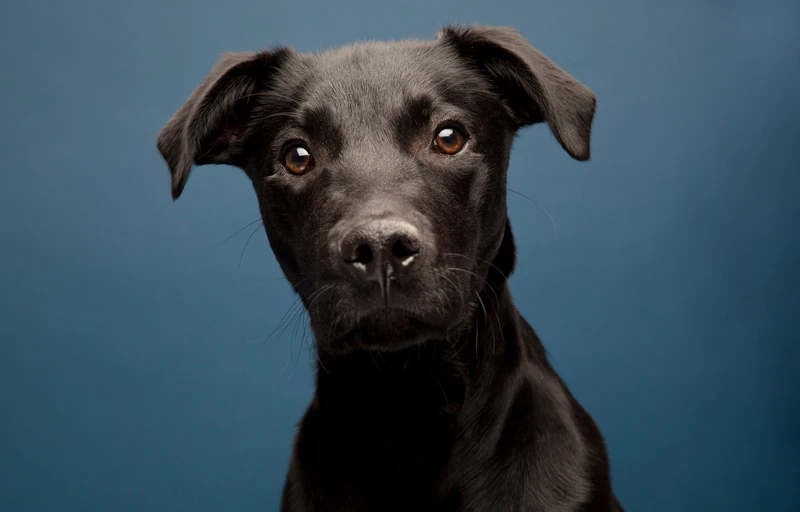




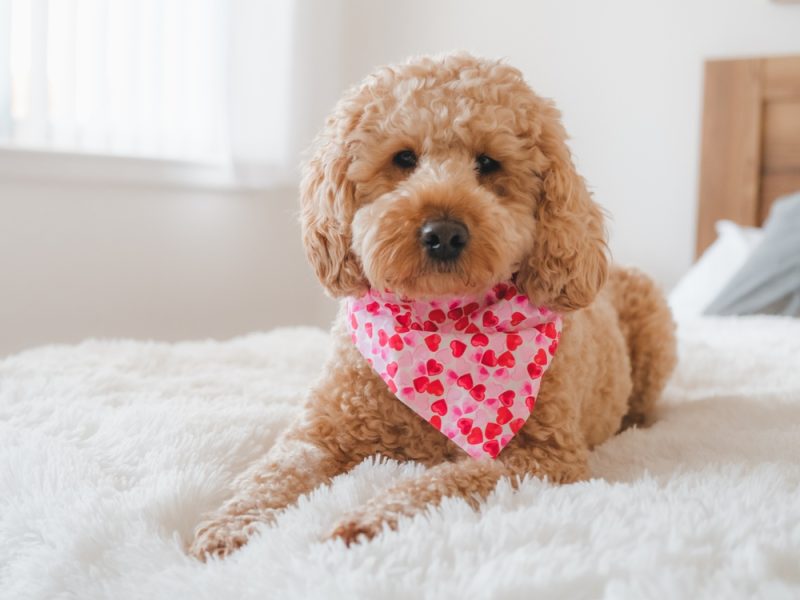
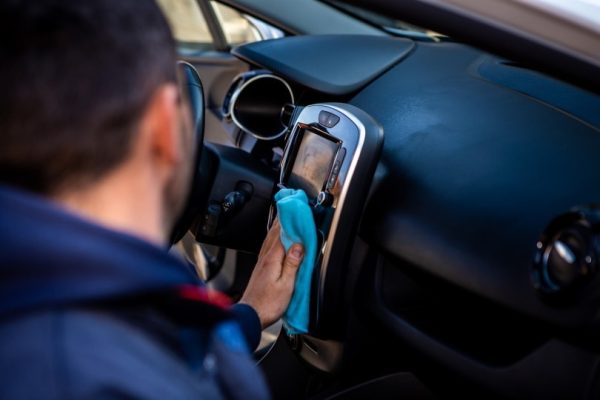









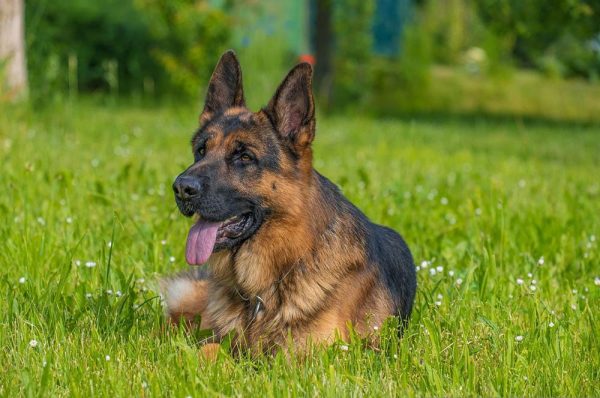




2 Responses
I have a jet black dog who is the most lovable, gentle, affectionate
little thing ever. She is adorable and I love her to bits.
Hello Barbara,
thank you very much for your message. We are very happy to hear that you didn't give in to superstitions and gave home to a lovely black dog!